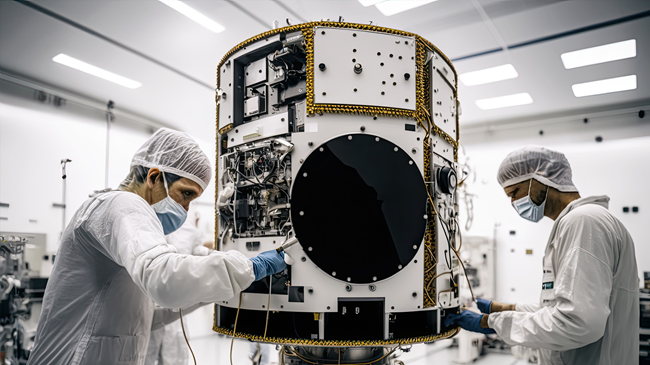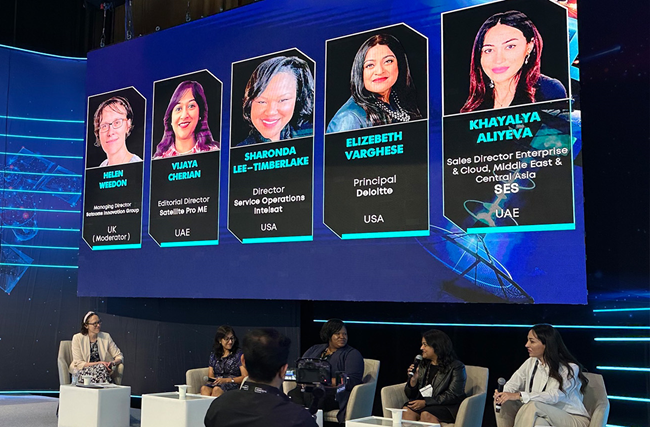
At recent Satcoms Innovation Group (SIG) workshops, there has been a definite theme arising around education in various different guises. This got me thinking that it has a really large part to play in securing the future of the satcoms industry for a number of significant reasons. So, how is education important, what do we mean, and how can the industry adjust and ensure it can remain relevant?
Educating the Industry
For SIG this has always been a really important part of its remit. Back when it was the Satellite Users Interference Reduction Group, the main focus was on making the industry aware of interference, how it is caused, the challenges it presents, and ways to resolve it. The effort from a wide cross-section of the industry helped lead to wide awareness of the problems, as well as to new technology and processes being developed to resolve them. Of course, interference still exists, but the resolution is generally much smoother than it was even a few years ago, thanks, at least in part, to this greater awareness and the subsequent impact.
The satcoms industry is facing a plethora of new and unique challenges as the environment changes fast. Multi-orbit environments, spectrum sharing, and a transition to cloud-based networks are making it more complex than ever before. Not to mention a host of new players joining the market. While the industry is full of technical experts, the areas of expertise have shifted, and that is becoming challenging. Sharing experiences and knowledge has proven effective with interference. Can we take that same approach with many of today’s challenges? I believe that industry-wide cooperation and sharing of knowledge will be key to keeping the industry relevant well into the future.

Educating End Users
I know both SIG and the Global VSAT Forum (now part of GSOA) have been banging the drum for educating end users for quite some years. Training courses to ensure a certain level of competency for anyone operating satellite equipment are an absolute must. But there is a further, and different type of education needed, and that is around understanding the environment, requirements, and limitations so they are equipped with the knowledge to use the right tool for the specific job.
End users of satellite connectivity simply expect it to work in the environment they are in and with the equipment they have selected. We know that isn’t always going to be the case. This was a theme that particularly came up with discussions around flat panel antennas. There is a disconnect between expectation and reality. Having the quality level required to ensure a consistent and reliable level of service depends on a number of important factors. It can be about the quality of an antenna, it can also be about selecting the right equipment for the specific environment, but often end users might not be aware of those complexities. Helping them understand will enable them to work with operators to achieve the optimum service for their unique requirements.
Education and Engaging Students
We have had many discussions at recent workshops about the massive shortage of incoming talent that is impacting the entire industry and many other engineering professions. There are numerous global initiatives aimed at encouraging more children and students into STEM subjects, and it is likely too early to tell whether this will have a positive impact for satcoms. Interestingly stats seem to suggest that recent years have seen a rise in the UK of students entering engineering degrees, but an even bigger rise of those going into computer science, most likely attracted by the likes of Apple and Google.

It is clear that the satellite industry needs to address this and demonstrate to youngsters the wide range of exciting opportunities available within this industry. Doing that will require global outreach both at the school level, helping more children to opt for relevant degrees, as well as at the University level. This is going to need widespread collaboration by the entire industry and support for those existing projects already in place.
How do we get there?
If we agree we need better education across all of these areas, how do we make that happen? It will involve engaging with every part of the ecosystem, from end users to schools and Universities and that will be no mean feat. I believe the key to achieving that will be through industry-wide collaboration, something that SIG has always seen as important.


















